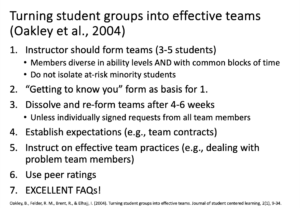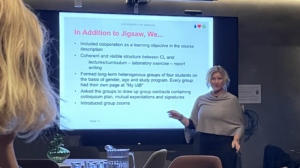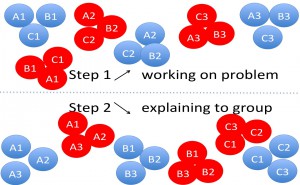
Currently reading about how to successfully organize team work in student groups
Quick summary of this month’s iEarth Journal Club article: Clinton & Smith (2009) focus on how to “make” students take on responsibility in team work through team contracts and peer…


